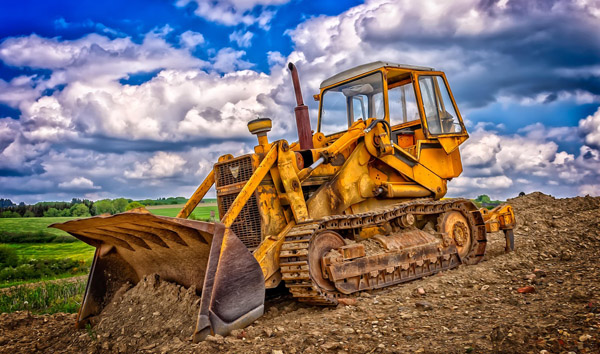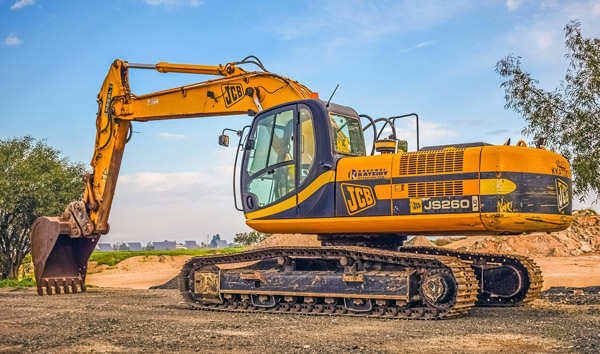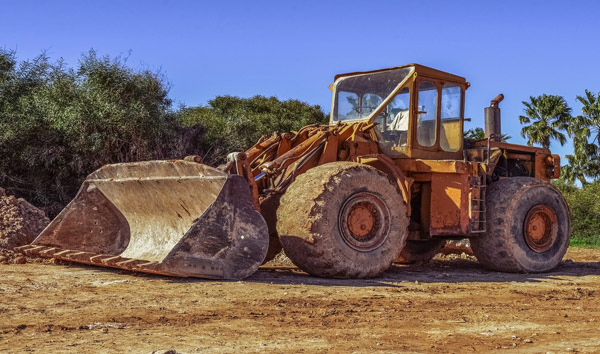The Evolution of Loader Technology in Modern Construction
2025-07-20 03:55:25
This report examines the advancements in loader technology, focusing on efficiency, automation, and sustainability. With increasing demand in construction and mining, loaders have evolved to meet rigorous industry standards while reducing environmental impact.
Loaders have become indispensable in heavy-duty industries, particularly in construction and mining. These machines are designed to handle bulk materials efficiently, reducing manual labor and operational costs. Modern loaders incorporate advanced hydraulic systems, enabling smoother operation and higher load capacities. The integration of telematics has further enhanced productivity by providing real-time data on fuel consumption and maintenance needs.
One of the key innovations in loader technology is the shift toward electrification. Electric loaders are gaining traction due to their lower emissions and reduced noise pollution, making them ideal for urban construction projects. Companies like Caterpillar and Komatsu have introduced hybrid and fully electric models, demonstrating a commitment to sustainability. Additionally, regenerative braking systems in these loaders recover energy during operation, improving overall efficiency.
Automation is another transformative trend in the loader industry. Autonomous loaders equipped with LiDAR and GPS navigation can operate in hazardous environments without human intervention. This not only improves safety but also ensures consistent performance in repetitive tasks. For example, Rio Tinto has successfully deployed autonomous loaders in its mining operations, achieving a 15% increase in productivity.
The future of loader technology lies in smart connectivity. IoT-enabled loaders can communicate with other machinery on-site, optimizing workflows and minimizing downtime. Predictive maintenance algorithms analyze sensor data to detect potential failures before they occur, reducing repair costs. As the industry moves toward Industry 4.0, loaders will play a pivotal role in digitized construction ecosystems.
In conclusion, the loader industry is undergoing a significant transformation driven by automation, electrification, and connectivity. These advancements not only enhance operational efficiency but also align with global sustainability goals. As demand for smarter, greener loaders grows, manufacturers must continue innovating to stay competitive in this dynamic market.














